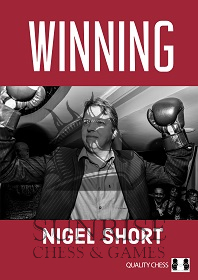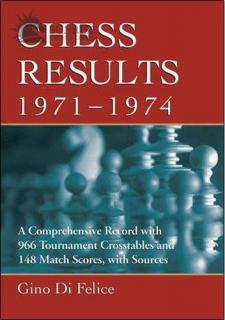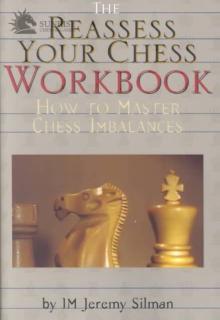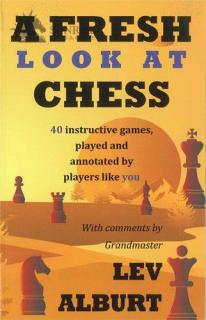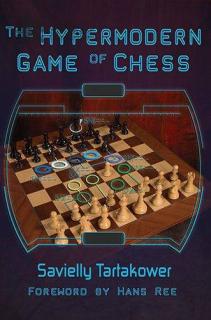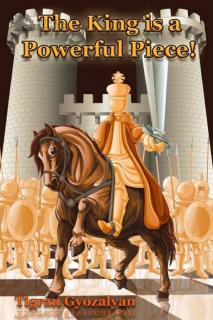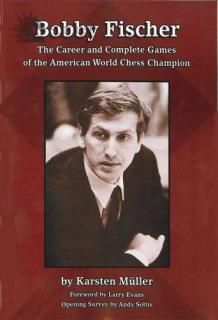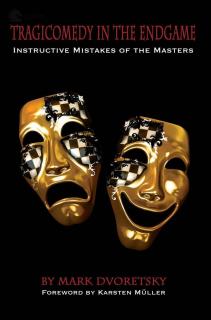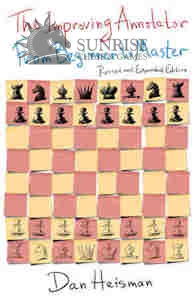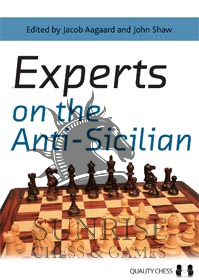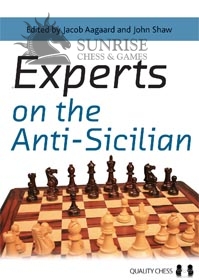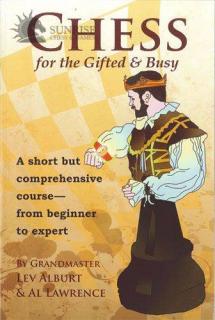
Chess for the Gifted Busy: A Short but Comprehensive Course - from Beginner to Expert
Chess for the Gifted and Busy provides you the fastest way to learn to play chess. Its innovative and succinct approach is tailored to those who want to learn quickly, without missing out on important ideas.
Want to learn chess yourself or teach it to your child, but are busy with lots of other activities? This right-to-the-point book by one of the game's foremost teacher-writer teams uses a breakthrough approach to make the most of your time.
Best of all, you select your goal from one of three possible levels. Want to go from absolute beginner to neighbourhood champ? Complete level I in only one afternoon, play some practice games - and you'll quickly be saying ''checkmate''!
When you're ready to become a tough tournament-level competitor, Level II cuts through the mysteries of strategy and tactics to show you precisely what you need to know.
And, if you decide that you won't settle for anything less than being an Expert, near the top levels of tournament chess, Level III puts you on the path to being a tournament champion!
Chess for the Gifted and Busy also provides the most time-efficient review of important techniques for chess veterans, even master-level players.
Chess for the Gifted and Busy is a condensed but comprehensive summary of the entire Comprehensive Chess Course series.
Three-time U.S. and European Champion Grandmaster Lev Alburt is one of the world's most sought-after teachers. Fellow New Yorker Al Lawrence is an award-winning educator and writer, a recipient of the Chess Journalist of the Year Award.
Table of Contents
Level I ...10
Lesson One: Rules of Play ...11
Lesson Two: How to Win Chess Games ..29
Level II ...50
Lesson Three: When a King Is Home Alone ...51
Lesson Four: The Chessmen at Work ...63
Lesson Five: Tools of the Trade ...77
Lesson Six: Bishop Sacrifices ...91
Lesson Seven: Attacking the King ...99
Lesson Eight: Strategy - Minor Pieces ...111
Lesson Nine: Strategy - Major Pieces ...125
Lesson Ten: Strategy - Significance of the Center ...139
Lesson Eleven: Strategy - Weak Strong Squares ...151
Lesson Twelve: Strategy - Pawn Weaknesses ...157
Lesson Thirteen: Introduction to the Endgame ...165
Lesson Fourteen: Pawns Against Pieces ...189
Lesson Fifteen: Rook Endings ...201
Lesson Sixteen: Knight Endgames ...215
Lesson Seventeen: Bishop Endgames ...223
Lesson Eighteen: Endgames - The Rest ...235
Lesson Nineteen: - Openings Reviewed ...243
Level III ...260
Lesson Twenty: The Bishop Pair ...261
Lesson Twenty-One: The Struggle Between Differently Composed Forces ...269
Lesson Twenty-Two: Compensation for Sacrificed Material ...279
Lesson Twenty-Three: The Isolani ...287
Lesson Twenty-Four: Choose Your (Opening) Weapons! ...293
Afterword: Moving On to Expert and Master ...299
Glossary ...302
GM Ben Finegold, Chess Life:
"The information is rock solid. I have taught my own students the same ideas and only hope I have explained it as well as the authors in this book."
Charles Murray , author of 'What It Means to be a Libertarian':
"Lev Alburt taught me basic things about the game that none of the other books ever taught me. He is a brilliant teacher, and his books capture brilliance."
GM Maxim Dugly, former World Junior Chess Champion:
"In the Comprehensive Chess Course Volumes 3, 4 and 5, Grandmaster Lev Alburt boldly promises to deliver the most effective tactics, strategies and the best technique
s for attack and defense of the king (..) He has managed to live up completely to his pledge. A truly great work!"
- Sklep: Sklep Szachowy: Szachy, Figury, Zegary, Książki, GRAWEROWANIE LASEROWE! - Polski Producent szachów e
- Kategoria: KSIĄŻKI SZACHOWE/KSIĄŻKI - PO ANGIELSKU/Inne wydawnictwa
- Dostępność: na pytanie
- Zaktualizowany: 28.10.2024
- Cena: 95.00 zł
